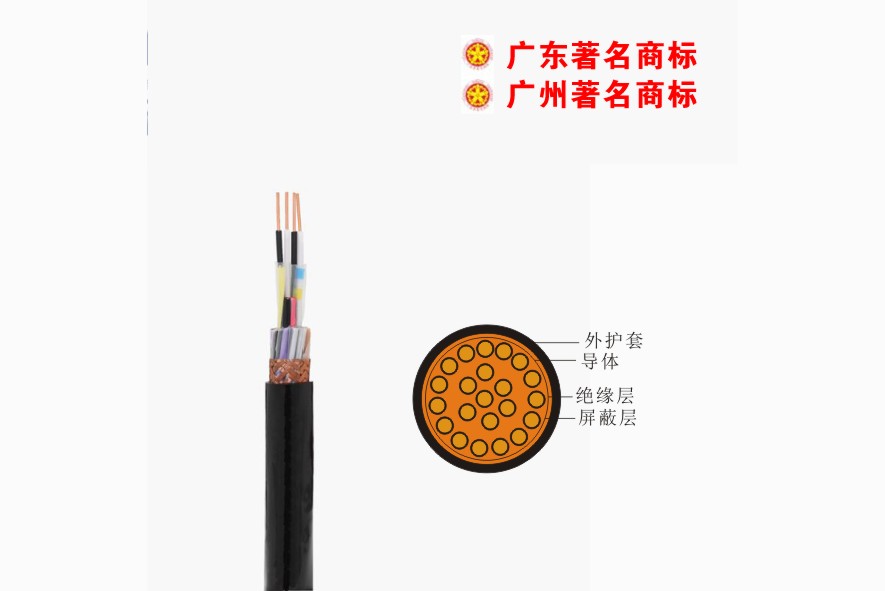The dispute between TPE and PVC elastomer for Zhujiang cable materials
Whether the charging cable material uses PVC elastomer or TPE has been debated. Of course, there are other cable materials, and today we will discuss these two mainstream materials for the time being. PVC elastomer has excellent comprehensive performance, low cost, and high cost performance, which is deeply loved by people. However, PVC cables are odorous and contain halogen. Once an accident occurs, it will cause great pollution and cause harm to the human body. TPE elastomer is soft and environmentally friendly, but its shortcomings such as easy cracking and oil resistance still need to be solved urgently. What kind of material is used for the charging cable? Today Xiaoshuai will discuss this topic in conjunction with the opinions of business friends in the charging pile industry group!
1. Performance comparison of TPE and PVC elastomer
Whether to use traditional PVC wire and cable or TPE wire and cable in charging cable materials has always been a matter of controversy. With the continuous improvement of the country’s environmental protection requirements, it seems that many people are inclined to TPE, but from a performance perspective, Many people are inclined to PVC elastomers. Let's compare the performance of the two materials through a table below!
From the table, it can be seen that the two materials are superior in performance, and are stubborn. Let us take a look at the problems encountered in the development of cable materials of the two materials!
2. Problems encountered in the development process of TPE and PVC elastomer cable materials
TPE:
The currently developed TPE flame-retardant materials contain phenyl ether components, which have poor resistance to stress cracking and notch growth. The requirements in this regard are very important for wire materials. If they are not resistant to cracking, they will cause short circuits in the wires. Caused fire, car crash and death!
The problems encountered in terms of oil resistance are also very serious. Because most charging stations are currently built with gas stations, cables are required to be resistant to various oils, and they may face the risk of failure after being contaminated by oil!
Related Reading:
Test丨What impact does the charging cable have on the safety test and evaluation of charging equipment?
Figure TPE charging cable (photographed by Weifang Qianyuan)
PVC elastomer:
The main problem is environmental protection. In the event of a fire, the burning of PVC elastomer cables will produce a large amount of toxic gas, which will seriously pollute the air and human health. As the country continues to promote green development, in the future, low-smoke and halogen-free will gradually become the mainstream development direction. In the future, environmental protection standards will become more and more stringent.
3. Analysis within the charging pile industry cluster
Regarding the question of which material to choose for the charging cable (PVC elastomer and TPE), there has also been a wave of climax in the AC group of Aibang charging pile industry.
Some friends think that TPE does have many advantages, and some of its shortcomings are currently solved, but the price is a bit expensive; some friends think that PVC cables have odor and are poor in environmental protection; some friends think that PVC has obvious shortcomings , But due to low cost, it is difficult to be replaced at present;
Some friends analyzed from the perspective of the place of use and believed that TPE cables should be used in sealed densely populated places, and a large amount of smoke will not be generated if a fire occurs; some friends think that it is made of low-smoke and halogen-free PVC elastomer cables The content of hydrogen halide after combustion is controlled to be less than 100PPM, which is really divergent!
Related Reading:
Test丨What impact does the charging cable have on the safety test and evaluation of charging equipment?
Note: Participants in the discussion are Mr. Cao Jusailong, Mr. Cui Hongyuan Shengtu, Mr. Tong of Nanya Plastics, Mr. Wang of Haoli New Materials, Mr. Zhang of Sendi Chemicals, Mr. Zhao of Weifang Zhongxu, etc.
Xiaoshuai believes that in this era of advocating environmentally friendly new energy, the future environmental standards may be gradually improved and stricter. In the future, the use of PVC may be banned by the state, or it may be modified to be manufactured into a low-smoke and low-halogen cable material, but if this is done, will the low cost advantage be gone? In the chasing process of the two materials, there was a trend that TPE completely replaced PVC elastomer. However, due to the inherent shortcomings of TPE (not resistant to tearing and oil), the charging cable material has a tendency to return to PVC elastomer. It depends on how the national standards are formulated and the technology is updated!


 Company Profiles
Company Profiles Company Culture
Company Culture Message
Message Honor
Honor Video Center
Video Center Company Reality
Company Reality Pearl River Cable
Pearl River Cable Low Voltage Cable
Low Voltage Cable Medium Voltage
Medium Voltage Mineral Cable
Mineral Cable Control Signal Cable
Control Signal Cable Corporate News
Corporate News Cable Information
Cable Information Media Reports
Media Reports Network Reprint
Network Reprint


